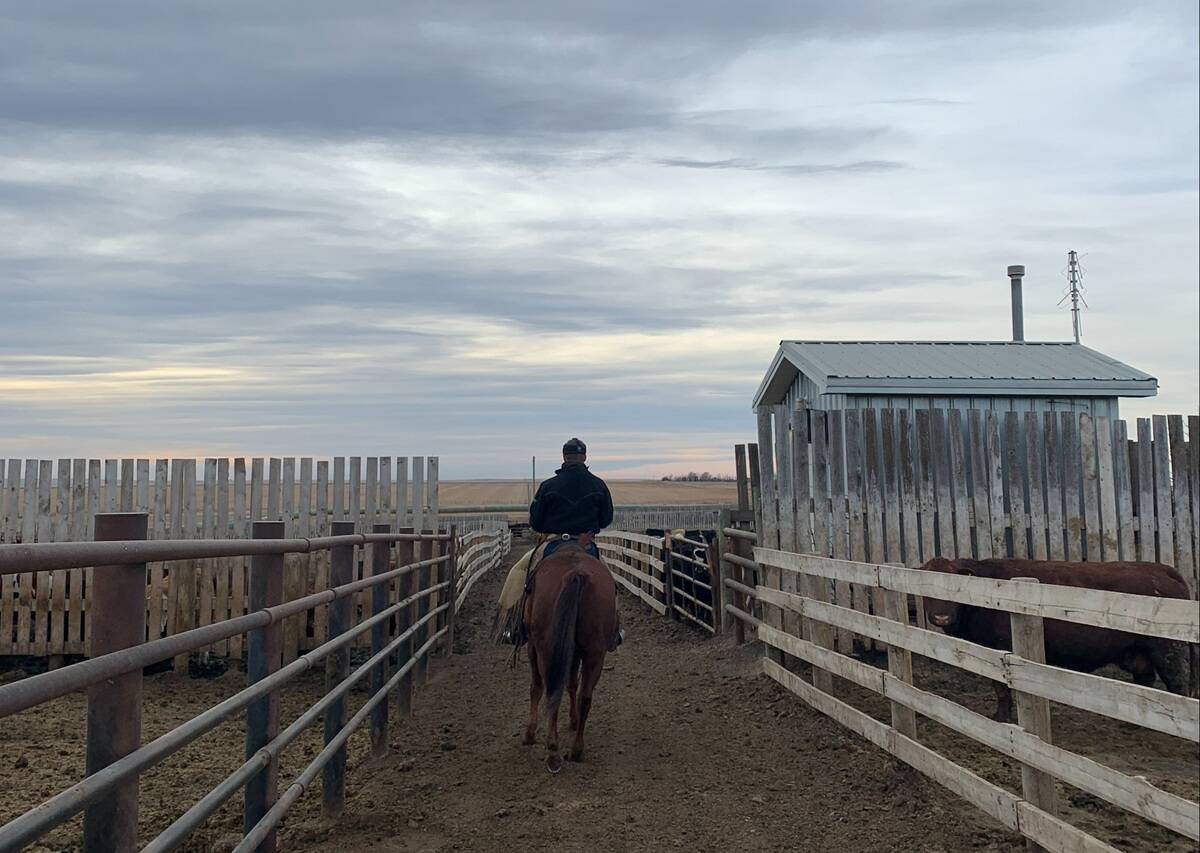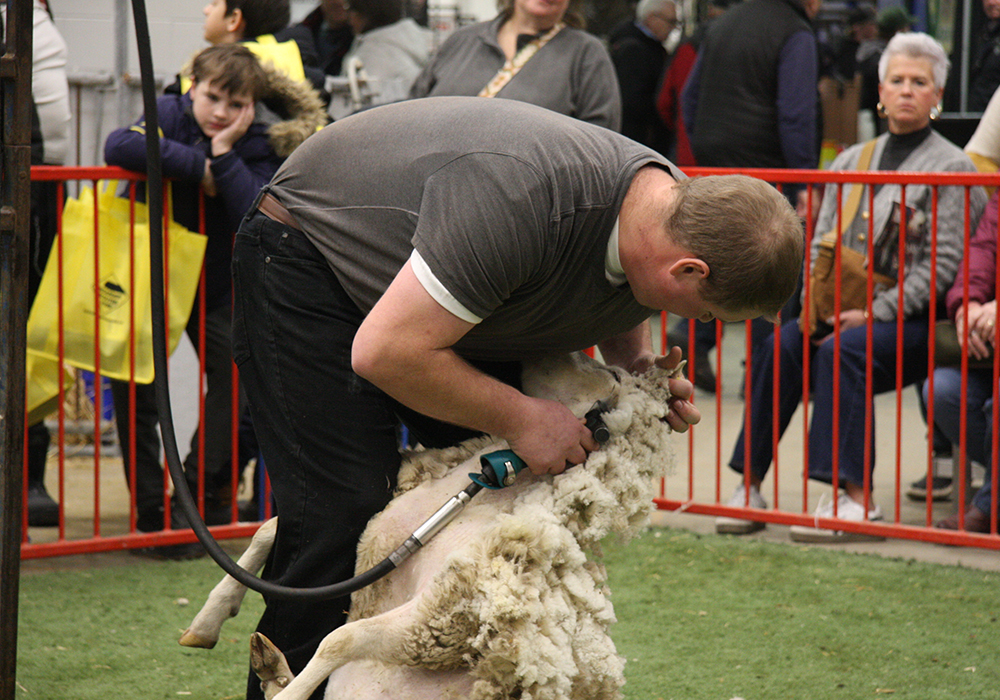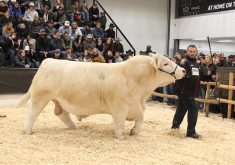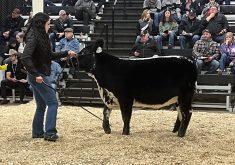Children, parents and grandparents packed into the bleachers — and stood around the edges — during at sheep shearing demonstration at Canadian Western Agribition.
Jason Struck, one of the few professional sheep shearers in Saskatchewan, performed the demonstration, showing the crowd the proper way to handle the sheep, positions for shearing and how to hold the animal in place.
The packed seats mean a lot of interaction between the shearer and the audience. Often, it’s in the form of questions, people getting as close as they can and wanting to feel the wool. Struck doesn’t blame them, saying the process of shearing is “cool to watch.”
Read Also

Pen riders still better than tech at detecting respiratory disease in feedlot cattle, says researcher
Recent research found that pen riders are better than tech at flagging signs of BRD in feedlot cattle
“Even I like to watch sheep being sheared. It’s kind of a fascinating thing. It’s, you know, it’s an art that you can definitely tell has a trick to its trade, that’s for sure.”
He said it can take half an hour to do a sheep when first starting out, but there are some in places such as Australia who can do it in seconds.

While Struck is quick, he said his goal has never been speed. Instead, he focuses on the comfort of the animal and ensuring his technique is safe and does a clean job.
Struck has done demonstrations at Agribition for the last few years and has helped in the past, but he’s also done other demonstrations for organizations such as 4-H. He’s been in the business professionally for about seven years, following in the footsteps of his father.
“I grew up on a farm by Pilger, Sask., where we raise about 600 to 700 breeding mature ewes, and sheep have to be sheared,” he said.
“So, my father has always sheared sheep, so I just took on the practice.”
Demonstrations, such as that at Agribition, help o share information about the necessity of shearing for a sheep’s health and well-being. Shearing helps reduce health risks by eliminating dirt, manure and rain that gets trapped within the wool. It also helps the animal regulate its body temperature.
“I think there’s a big misconception that shearing is bad for the sheep, and it’s really good for the sheep,” said Marisa Schuebel, an instructor in animal science technology at Lakeland College who narrated the shearing demo.
Wool, like the hair on humans’ heads, constantly grows. Schuebel said this is a function of many centuries of breeding for the purpose of wool. If a sheep isn’t sheared at least once a year, it can be detrimental to their health.
“From a sheep producers’ point of view, that’s what we do to keep our sheep healthy,” she said.
“I mean, it is also a product that we can sell, which is great, but the regular wool doesn’t really even cover your cost of shearing, so it is, like, strictly animal welfare that we’re after with shearing.”
Not only does shearing keep the animal clean, but it also allows producers to see the real body condition of their animals, she said. When the wool is off, it’s easier to assess feed rations and see if the animal is overweight or underweight or if there are skin issues.

Schuebel hopes the public will learn from these kinds of demonstrations that shearing doesn’t physically damage the sheep, and that the animal is comfortable and relaxed.
Questions from children attending the demonstration vary from what the wool can be used for and how much wool a sheep can produce to how old a sheep can get and how much the animals weigh.
Schuebel said adults don’t often ask questions during the demonstration. Instead, they wait until after to pull her aside.
“They were asking me about the value of the wool and marketing … and about why is it important to shear every year.”
















